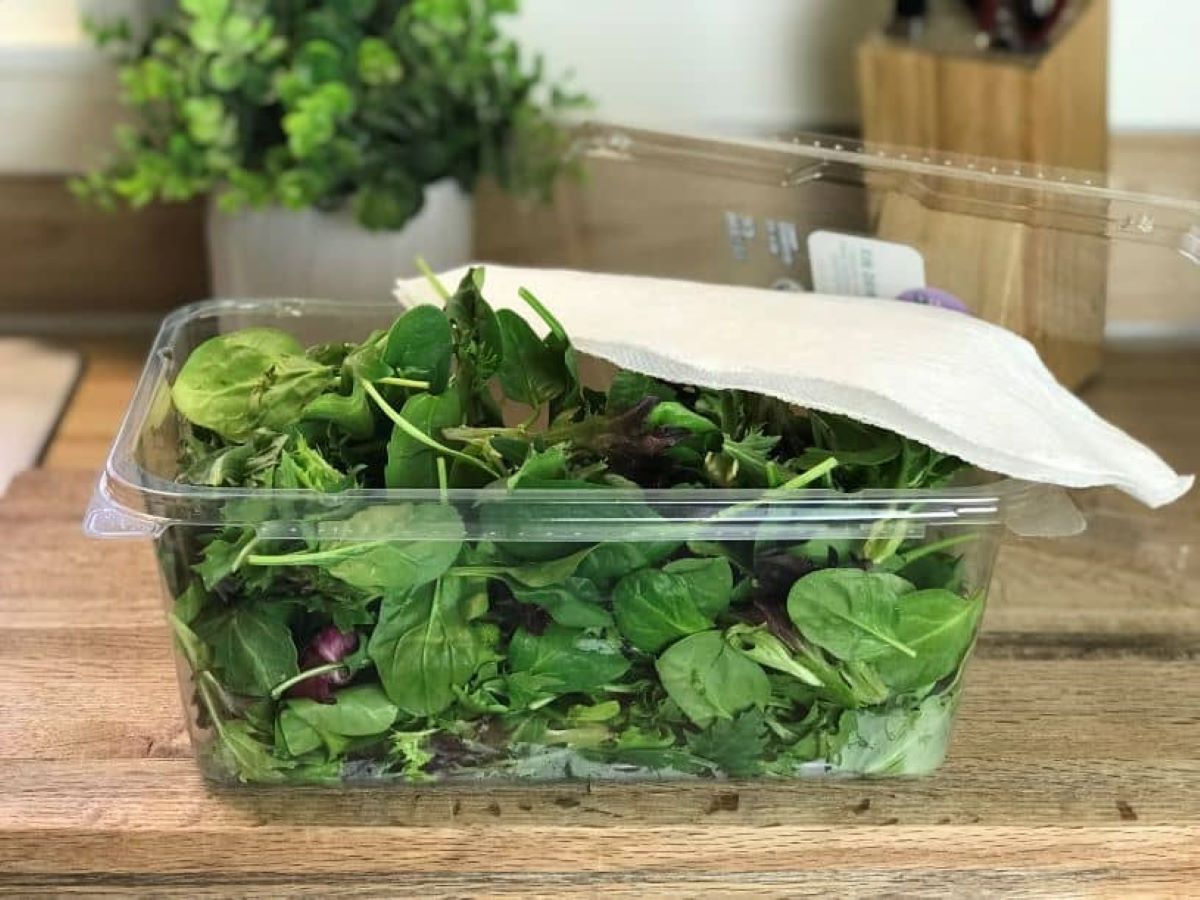

Articles
How To Store Leafy Greens In Fridge
Modified: December 7, 2023
Learn how to store leafy greens in the fridge to keep them fresh and crisp for longer. Read our articles for helpful tips and tricks.
(Many of the links in this article redirect to a specific reviewed product. Your purchase of these products through affiliate links helps to generate commission for Storables.com, at no extra cost. Learn more)
Introduction
Leafy greens are not only delicious but also packed with essential vitamins and nutrients. Whether you prefer spinach, kale, lettuce, or any other leafy green, proper storage is key to maintaining their freshness and quality. Keeping leafy greens at their best not only ensures their nutritional value but also avoids wasting food and money.
In this article, we will explore the importance of proper storage for leafy greens and provide you with practical tips and step-by-step instructions to store leafy greens in the fridge. We will also discuss common mistakes to avoid and share tips for reviving wilted leafy greens.
By following these guidelines, you can extend the shelf life of your leafy greens, reduce food waste, and enjoy crisp and vibrant greens in your salads, soups, and other dishes.
Key Takeaways:
- Proper storage of leafy greens is crucial to maintain their freshness, nutritional value, and reduce food waste. Follow the step-by-step guide and avoid common mistakes to enjoy vibrant and delicious greens in your meals.
- Revive wilted leafy greens by trimming the stems, refreshing in cold water, and refrigerating. Proper storage and timely consumption are key to enjoying crisp and healthy greens in your dishes.
Read more: How To Store Leafy Greens
Why Proper Storage is Important
Proper storage is crucial for leafy greens to maintain their freshness, flavor, and nutritional value. When exposed to improper storage conditions, such as moisture, heat, or air, leafy greens can spoil quickly, losing their crispness and becoming wilted, slimy, or discolored. Here are some reasons why proper storage is important:
- Preserve Nutritional Value: Leafy greens are known for their high nutritional content, including vitamins, minerals, and antioxidants. However, these nutrients can degrade over time if the greens are not stored properly. By storing leafy greens correctly, you can retain their nutritional value and enjoy their health benefits.
- Extend Shelf Life: Proper storage can significantly extend the shelf life of leafy greens. This means you can enjoy your greens for a longer period before they go bad. By reducing food waste, you save money and contribute to a more sustainable lifestyle.
- Maintain Freshness and Quality: Leafy greens are at their best when they are fresh, crisp, and vibrant. By storing them properly, you can help maintain their freshness and quality. This means your salads will be crunchy, and your cooked greens will have a pleasant texture.
- Prevent Waste: When leafy greens spoil, they often end up in the trash, contributing to food waste. By storing your greens properly, you can avoid waste and make the most of your ingredients.
Now that you understand why proper storage is important, let’s dive into some general tips for storing leafy greens in the fridge.
General Tips for Storing Leafy Greens in the Fridge
Follow these general tips to ensure the best storage conditions for your leafy greens:
- Remove Packaging: If your leafy greens come in a plastic bag or container, remove them from the packaging. Excess moisture can build up in the packaging and cause the greens to spoil faster.
- Wash and Dry Thoroughly: Before storing your leafy greens, make sure to wash them thoroughly to remove any dirt, debris, or pesticide residue. After washing, dry them well to remove excess moisture. Damp greens can promote bacterial growth and lead to spoilage.
- Wrap in Paper Towels: To absorb excess moisture, wrap your leafy greens in paper towels before storing them in the fridge. The paper towels will help maintain the crispness and prevent wilting.
- Store in Airtight Containers or Bags: Place your leafy greens in airtight containers or resealable bags. This will help keep out moisture and prevent the greens from drying out. Be sure to squeeze out any excess air from the bags before sealing them.
- Keep in the Crisper Drawer: The crisper drawer in your fridge is designed to maintain humidity levels and provide a suitable environment for storing produce. Place your leafy greens in the crisper drawer to keep them fresh and crisp.
- Separate Greens from Fruits and Vegetables: Some fruits and vegetables produce ethylene gas, which can speed up the ripening process and cause leafy greens to spoil more quickly. To avoid this, keep your leafy greens separate from ethylene-producing produce, such as apples, bananas, and tomatoes.
- Label and Date: To stay organized and keep track of the freshness of your leafy greens, label the containers or bags with the type of greens and the date of storage. This way, you can easily identify and use the oldest greens first.
Now that you have a good understanding of general storage tips, let’s move on to a step-by-step guide for storing leafy greens in the fridge.
Step-by-Step Guide to Storing Leafy Greens in the Fridge
Follow these step-by-step instructions to properly store your leafy greens in the fridge:
- Prepare and Wash: Start by preparing your leafy greens. Remove any damaged or wilted leaves and discard them. Then, wash the greens thoroughly under cold running water to remove any dirt or debris. Gently agitate the leaves to ensure all surfaces are cleaned.
- Dry Thoroughly: After washing, shake off any excess water from the leaves. Lay out a clean kitchen towel or use a salad spinner to dry the greens. Ensure they are completely dry before proceeding to the next step.
- Wrap in Paper Towels: Take a few sheets of paper towel and spread them out on a clean surface. Place a handful of the dried leafy greens on top of the paper towels. Gently roll up the greens in the paper towels, pressing lightly to absorb any remaining moisture.
- Place in Airtight Containers or Bags: Transfer the wrapped greens to airtight containers or resealable bags. Make sure the containers or bags are clean and dry. Avoid overfilling the containers or cramming too many greens in the bags, as this can lead to compression and bruising.
- Label and Date: To keep track of the freshness, label the containers or bags with the type of greens and the date of storage. This will help you easily identify and use the oldest greens first.
- Store in the Crisper Drawer: Place the containers or bags of leafy greens in the crisper drawer of your refrigerator. The crisper drawer provides a slightly higher humidity level, which helps keep the greens crisp and fresh.
- Check and Rotate: Periodically check on your stored leafy greens and discard any that show signs of spoilage or wilting. To ensure even freshness, rotate the containers or bags by bringing the oldest greens to the front and placing the newly stored greens at the back.
By following these steps, you can effectively store your leafy greens in the fridge and maintain their freshness for longer periods.
However, there are some common mistakes that people make when storing leafy greens. Let’s explore those in the next section.
To store leafy greens in the fridge, first remove any bands or ties, then wash and dry the leaves thoroughly. Wrap them in a paper towel and place in a resealable plastic bag with a few holes punched in it to allow for airflow. This will help keep the greens fresh and crisp for longer.
Common Mistakes to Avoid When Storing Leafy Greens
To ensure the optimal storage of your leafy greens, it’s essential to avoid these common mistakes:
- Leaving Greens Wet: Moisture can be the enemy of leafy greens. It promotes bacterial growth and accelerates spoilage. Make sure to thoroughly dry your greens before storing them in the fridge.
- Using Plastic Bags: While plastic bags may seem convenient, they can create a humid environment that leads to moisture buildup and quick spoilage. Opt for paper towels or breathable mesh bags instead.
- Storing Greens While Damp: Never store damp or wet greens directly in a container or bag. Excess moisture will cause them to wilt and become slimy. Always ensure your greens are fully dry before storage.
- Not Removing Yellow or Wilted Leaves: Yellow or wilted leaves can release ethylene gas, which accelerates the deterioration of surrounding greens. Remove any damaged or deteriorating leaves before storing your greens.
- Storing Greens with Fruits or Vegetables: As mentioned earlier, certain fruits and vegetables produce ethylene gas, which can cause leafy greens to spoil faster. Keep your greens separate from ethylene-producing produce to prevent premature spoilage.
- Overstuffing Containers or Bags: Avoid overcrowding your storage containers or bags. Overpacking can lead to compression and bruising of the greens, hastening their deterioration. Leave enough space for air circulation.
- Ignoring Regular Check-ups: Don’t just store your leafy greens and forget about them. Periodically check on them for any signs of spoilage or wilting. Remove any affected greens promptly to prevent the spread of spoilage to nearby greens.
- Not Rotating Greens: To ensure even freshness, rotate your stored greens. Bring the oldest greens to the front and place the newly stored greens at the back. This way, you’ll avoid neglecting any greens and can use them in a timely manner.
By avoiding these common mistakes, you can prolong the shelf life of your leafy greens and enjoy them at their best.
But what if your leafy greens have already started to wilt? Don’t worry, there are ways to revive them. Let’s explore some helpful tips in the next section.
Read more: How To Store Green Onion In Fridge
Tips for Reviving Wilted Leafy Greens
It can be disappointing to discover wilted leafy greens in your fridge, but there are several ways to revive them and bring back their crispness. Try these tips to rejuvenate your wilted greens:
- Trim the Stems: Start by trimming the ends of the stems or stalks. Cutting off a small portion allows the greens to absorb water more effectively.
- Refresh in Cold Water: Submerge your wilted greens in a bowl of cold water. Let them soak for about 10 to 15 minutes. The water will help rehydrate the leaves and restore their crispness.
- Ice Water Bath: For an extra refreshing boost, you can place the greens in a bowl filled with ice water. Leave them in the ice bath for a few minutes before draining and drying thoroughly.
- Give Them a Cold Shower: Another method to revive wilted greens is to rinse them under cold running water. The cool water helps perk up the leaves and restore their turgidity.
- Blot Dry: After refreshing your greens, gently blot them dry using a clean kitchen towel or paper towels. Removing excess moisture prevents further wilting and keeps them from becoming soggy.
- Refrigerate: Once your revitalized greens are dry, store them in the refrigerator in an airtight container or bag with a paper towel to absorb any moisture. The cool temperature will help maintain their crispness.
- Use Immediately: It’s best to use the revived greens as soon as possible to preserve their freshness. Incorporate them into your favorite recipes or enjoy them in salads, sandwiches, or stir-fries.
It’s worth noting that while these methods can help revive wilted greens to some extent, they may not completely restore their original quality. Therefore, it’s always best to store your leafy greens properly from the beginning to maintain their freshness.
Now that you have learned how to store and revive leafy greens, you can enjoy fresh and vibrant greens for longer periods, reducing waste and maximizing their nutritional value. With proper storage techniques, your salads and dishes will always be filled with crisp and healthy greens.
Remember to follow the general tips, avoid common mistakes, and revive wilted greens whenever needed. With these practices, you can make the most of your leafy greens and elevate your culinary experiences.
Happy storing and enjoy your delicious leafy greens!
Conclusion
Proper storage of leafy greens is essential to maintain their freshness, maximize their nutritional value, and reduce food waste. By following the general tips for storing leafy greens in the fridge, such as removing packaging, washing and drying thoroughly, wrapping in paper towels, using airtight containers, and storing in the crisper drawer, you can extend the shelf life of your greens and enjoy them at their best.
Avoiding common mistakes like leaving greens wet, using plastic bags, storing greens while damp, keeping them with ethylene-producing fruits and vegetables, overstuffing storage containers or bags, and neglecting regular check-ups is crucial for successful storage.
If you find your leafy greens wilted, don’t despair. Refreshing them in cold water, giving them an ice water bath, or rinsing them under cold running water can help revive their crispness. Afterward, make sure to blot them dry, refrigerate, and use them as soon as possible to preserve their freshness.
Remember, the key to enjoying vibrant and delicious leafy greens lies in proper storage techniques and timely consumption.
So, the next time you bring home a bundle of fresh leafy greens, apply these storage tips and tricks. Not only will you reduce food waste, but you will also benefit from the nutritional goodness that leafy greens provide.
With a little care and attention, your leafy greens will stay crisp, vibrant, and ready to enhance your salads, stir-fries, and various other dishes. Happy storing and enjoy your greens!
Frequently Asked Questions about How To Store Leafy Greens In Fridge
Was this page helpful?
At Storables.com, we guarantee accurate and reliable information. Our content, validated by Expert Board Contributors, is crafted following stringent Editorial Policies. We're committed to providing you with well-researched, expert-backed insights for all your informational needs.
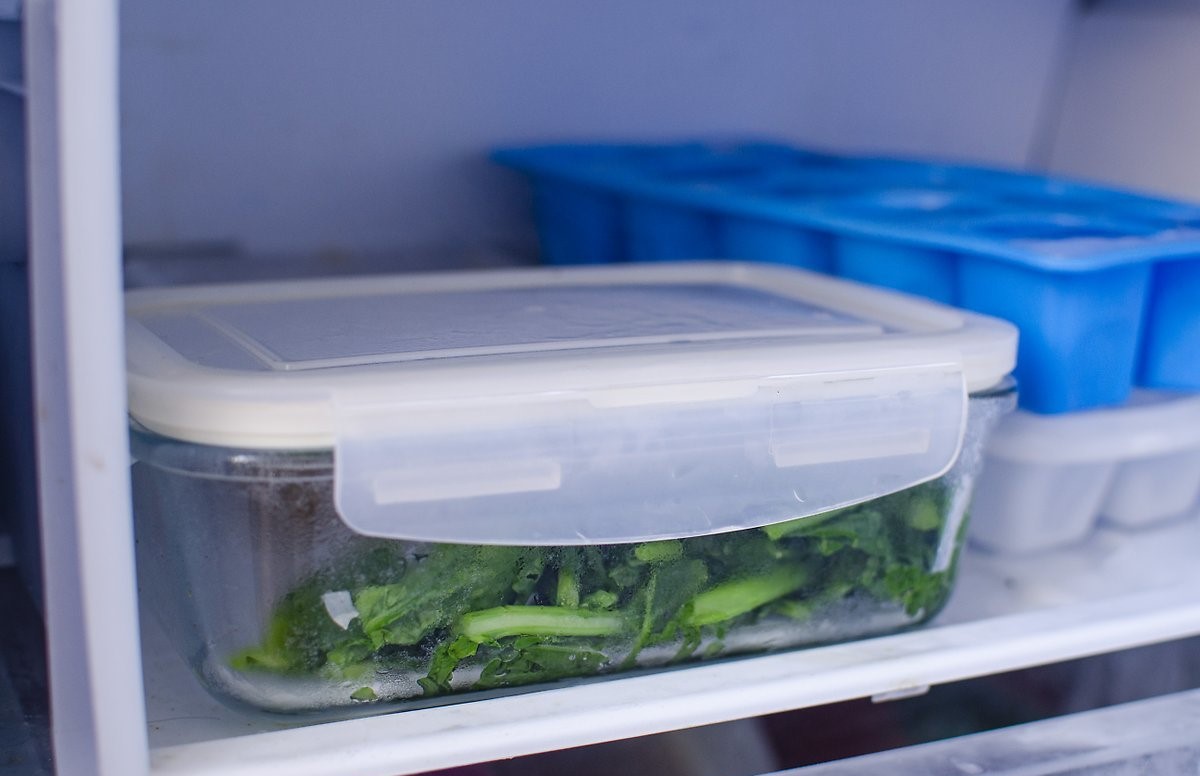
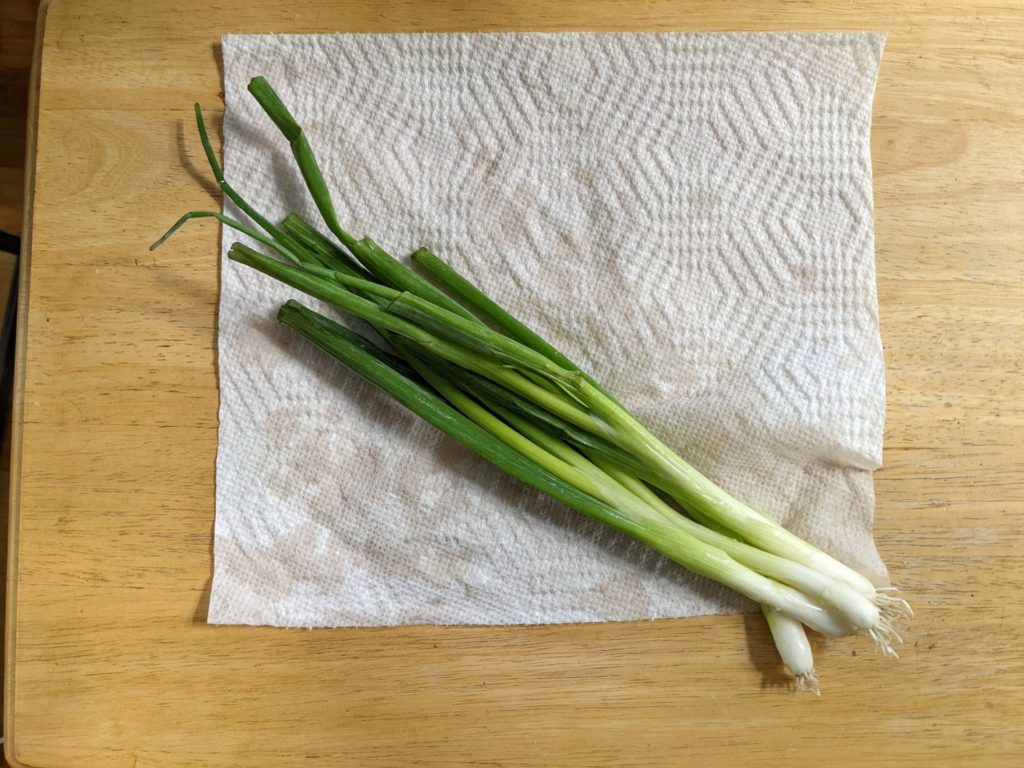
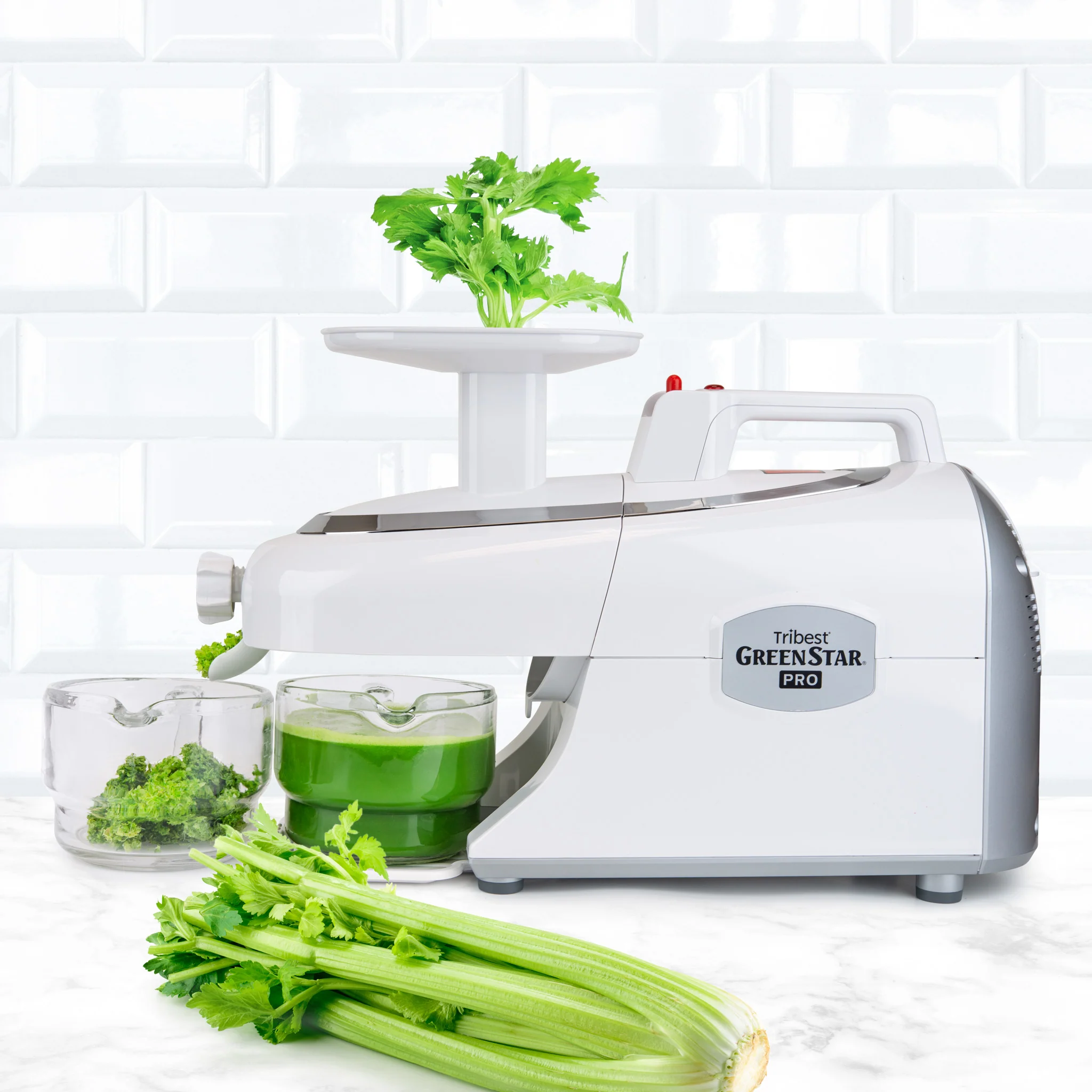
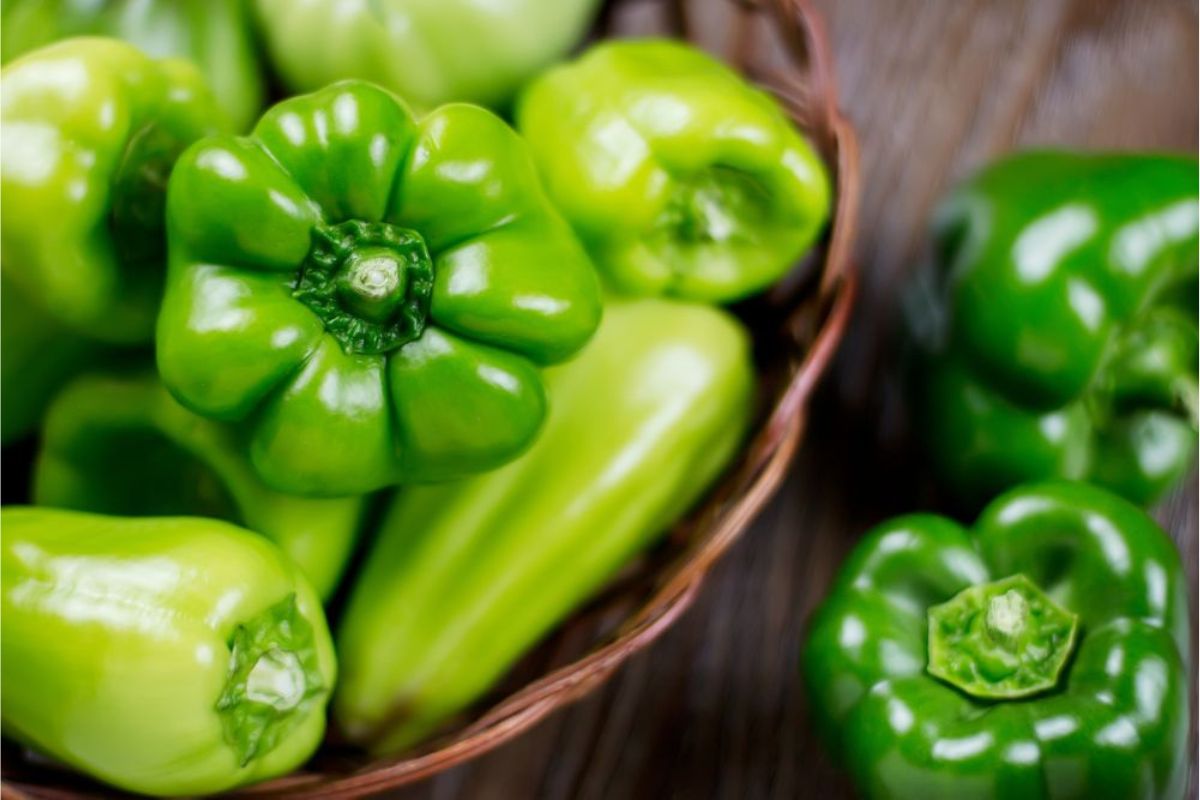
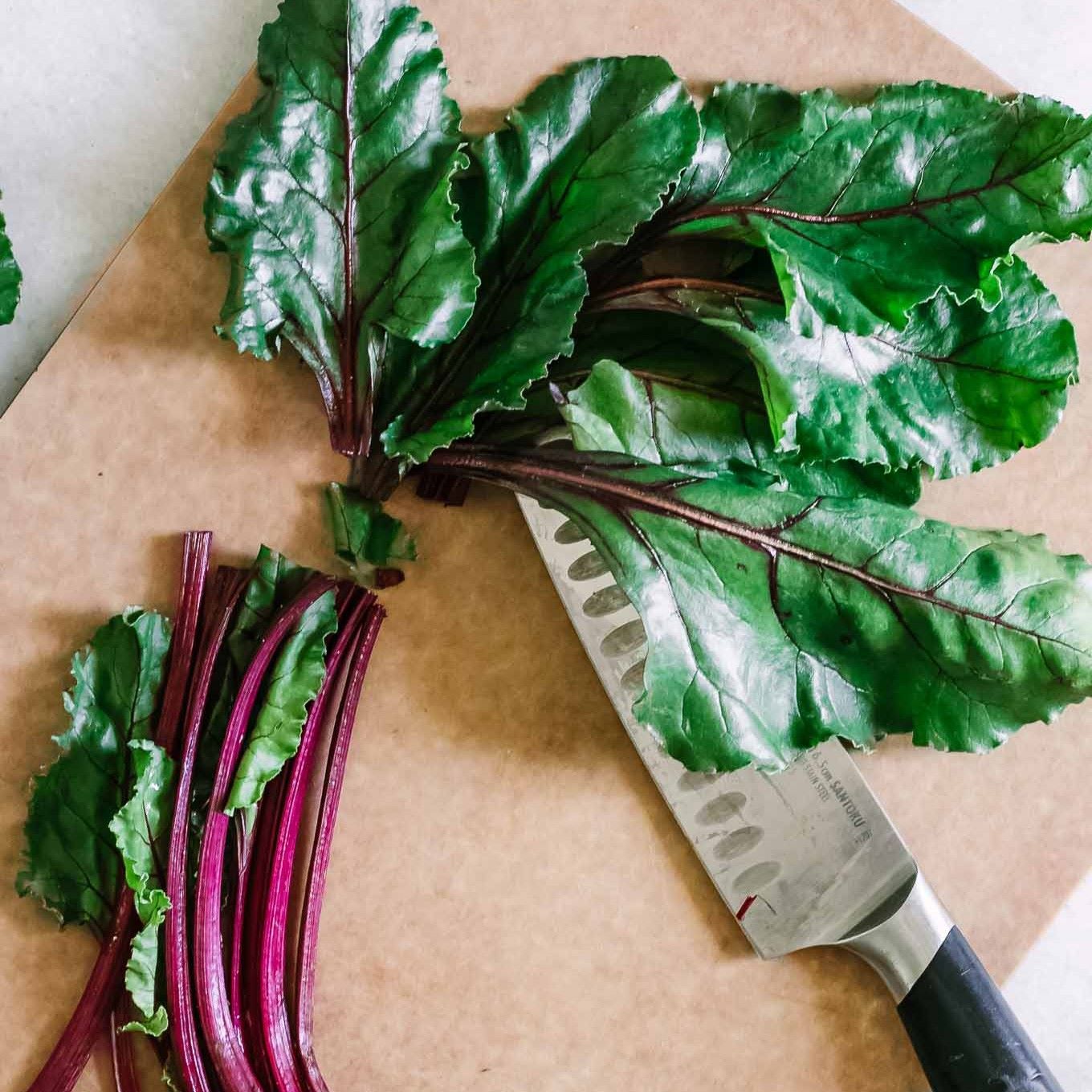



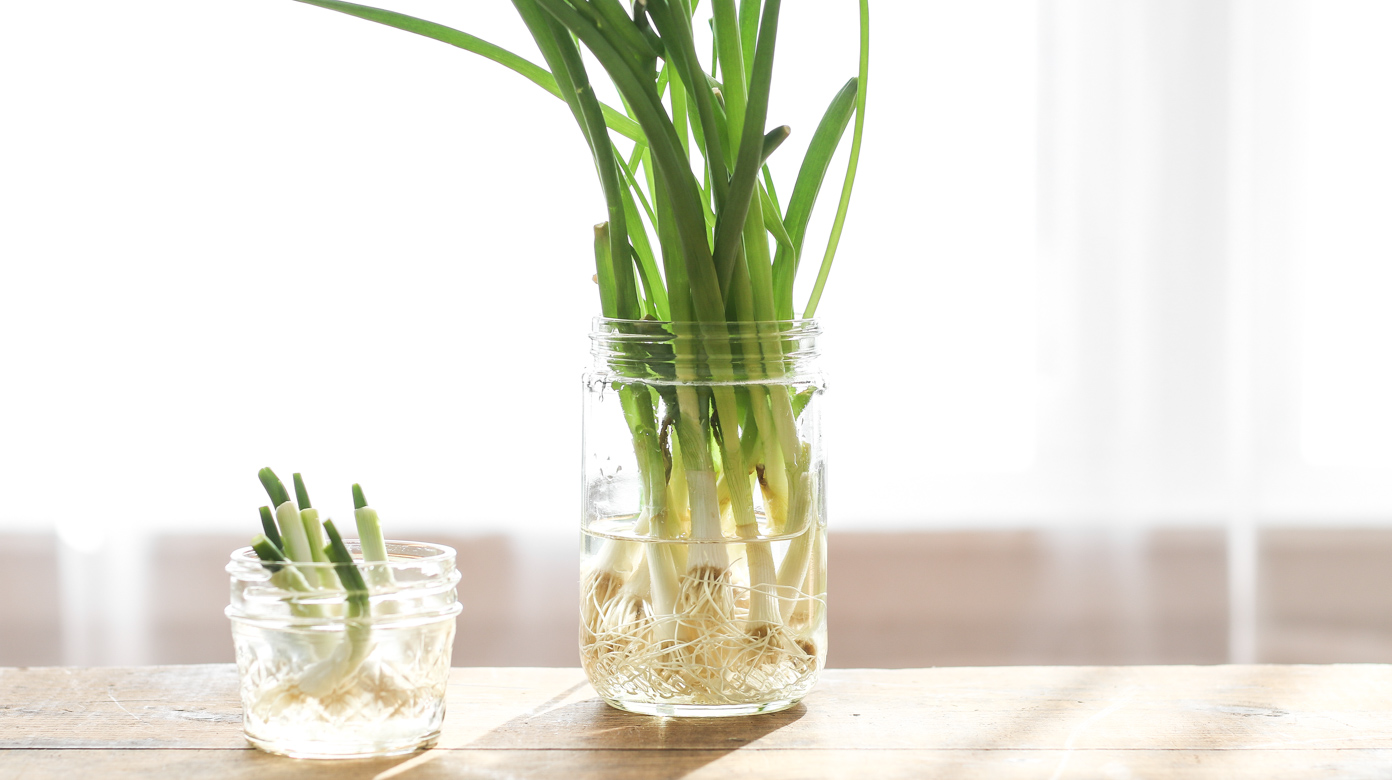

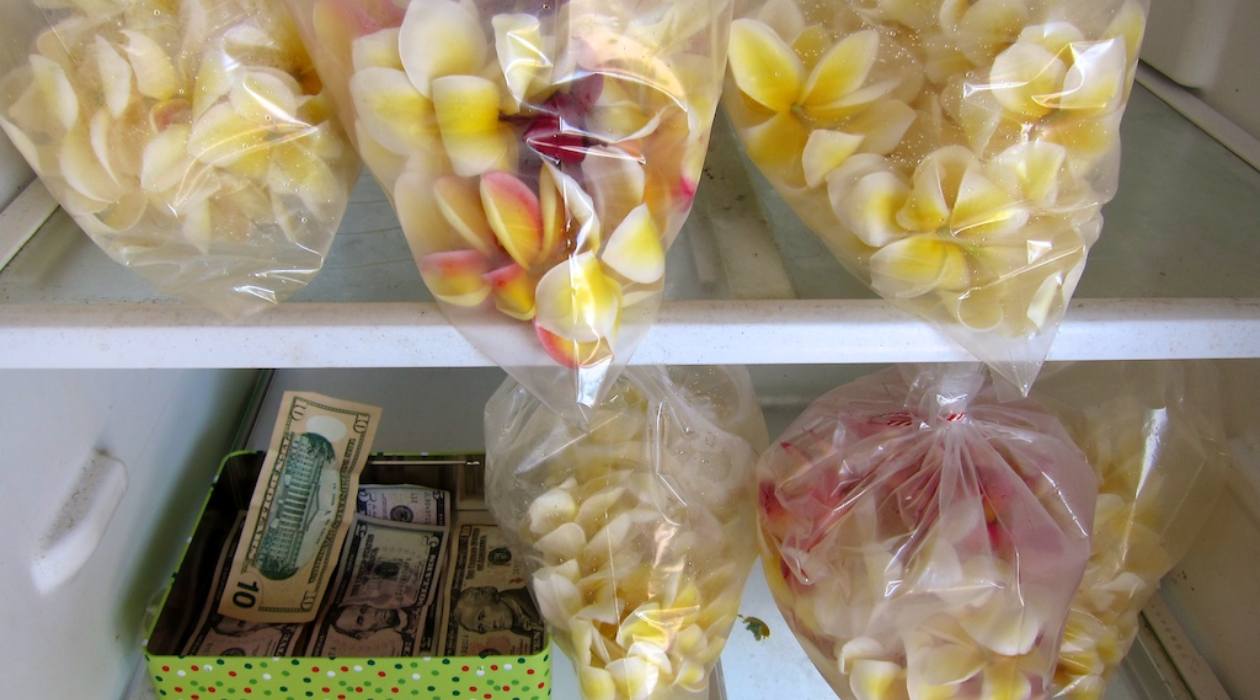
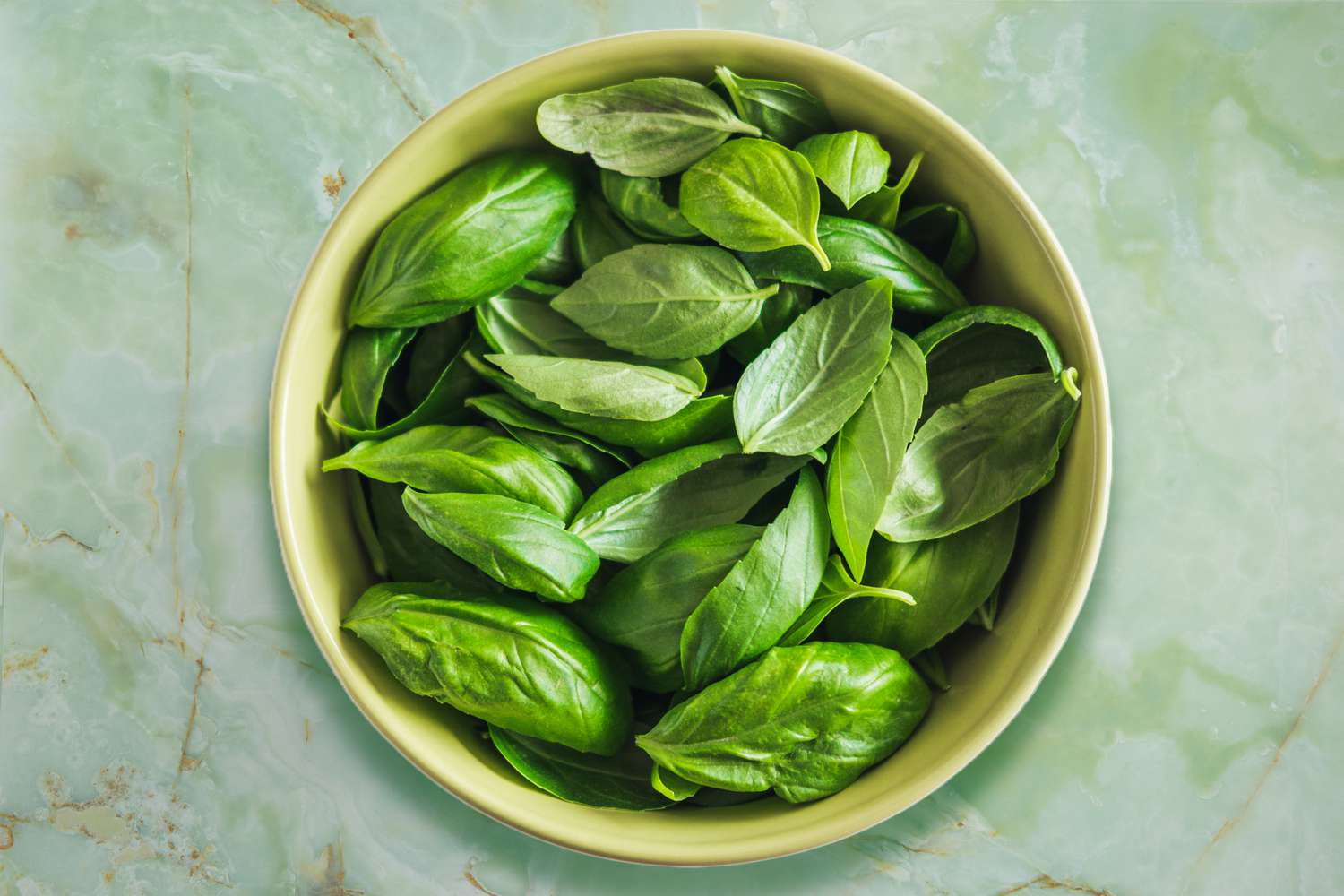

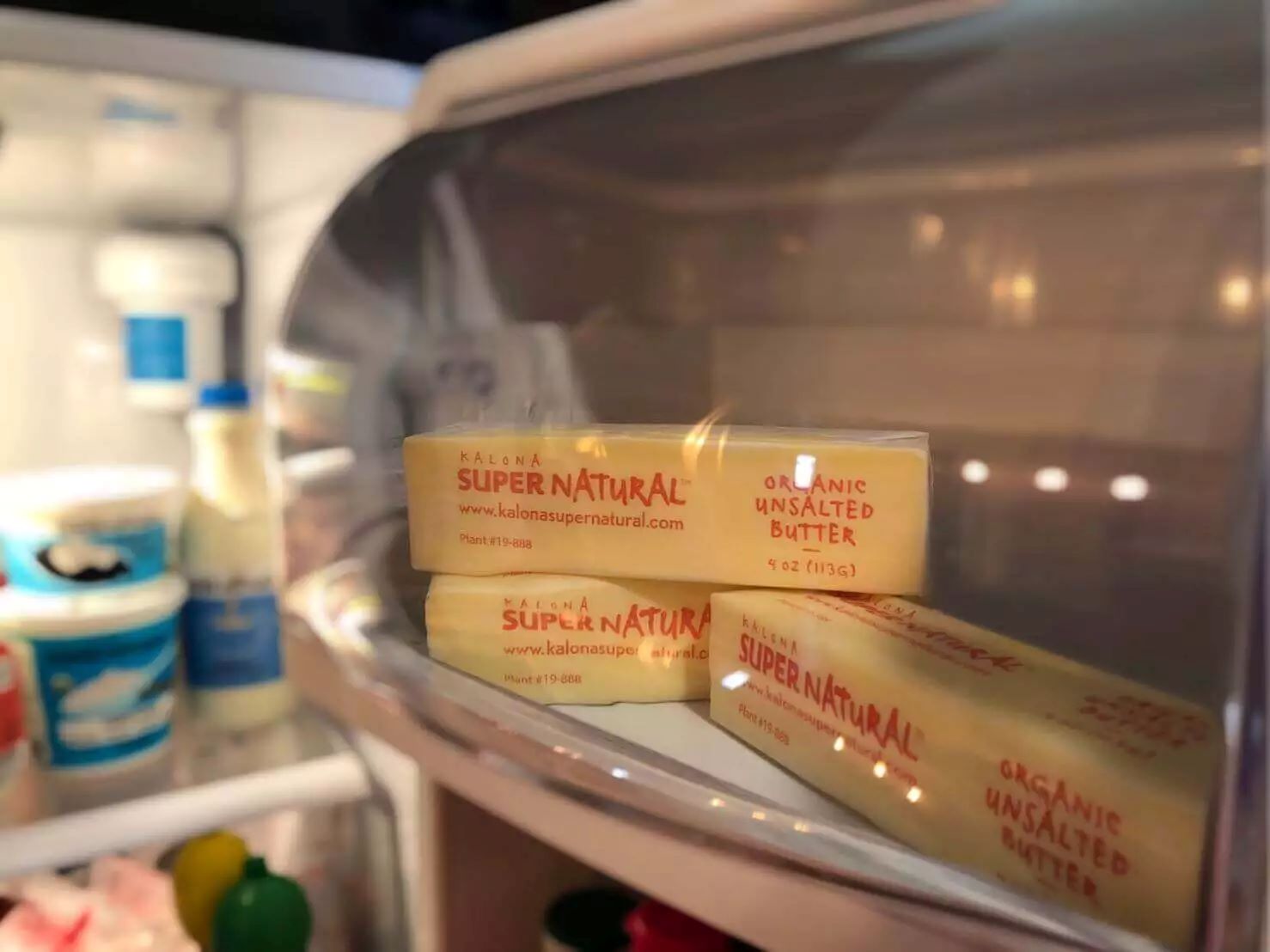

0 thoughts on “How To Store Leafy Greens In Fridge”